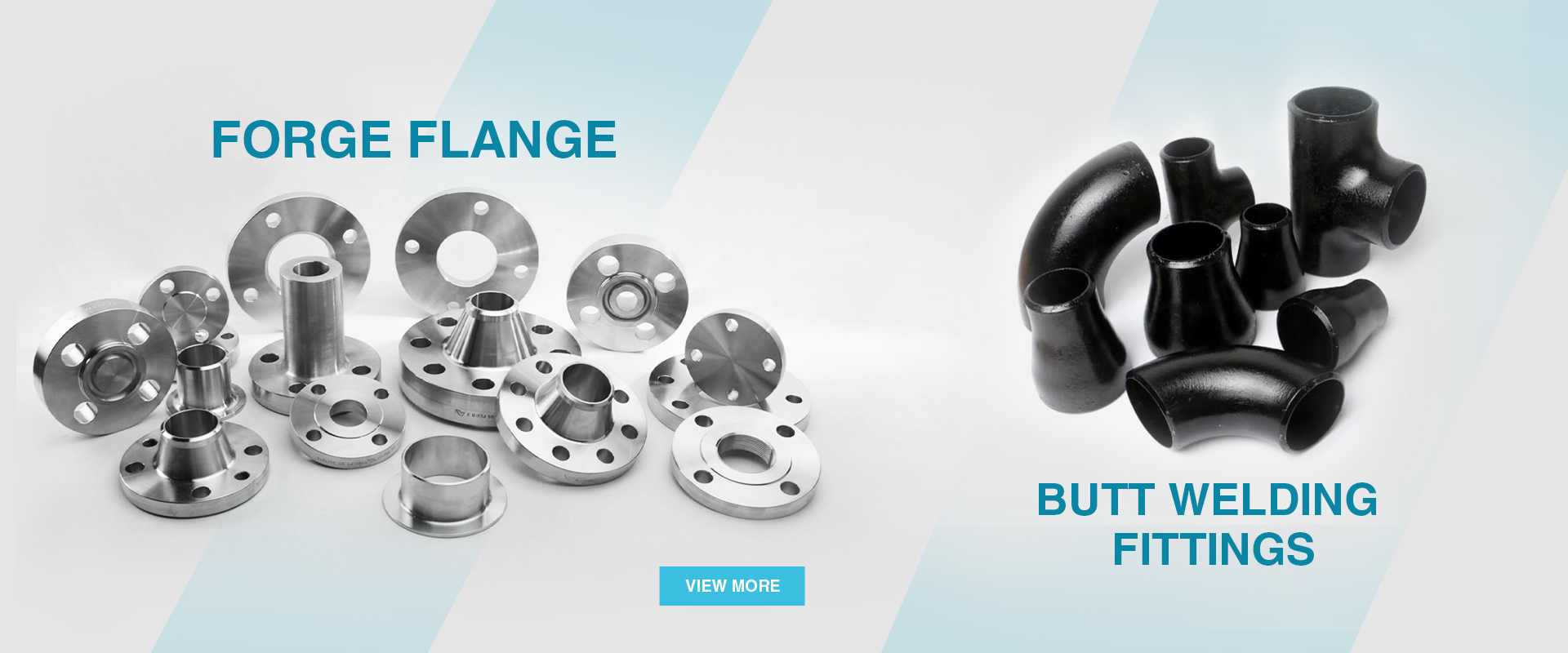-
Cangzhou Yulong Steel Co., Ltd.
-
Phone:
+86 13303177267 -
Email:
admin@ylsteelfittings.com
- English
- Arabic
- Italian
- Spanish
- Portuguese
- German
- kazakh
- Persian
- Greek
- French
- Russian
- Polish
- Thai
- Indonesian
- Vietnamese
- Zulu
- Korean
- Uzbek
- Hindi
- Serbian
- Malay
- Ukrainian
- Gujarati
- Haitian Creole
- hausa
- hawaiian
- Hebrew
- Miao
- Hungarian
- Icelandic
- igbo
- irish
- Japanese
- Javanese
- Kannada
- Khmer
- Rwandese
- Afrikaans
- Albanian
- Amharic
- Armenian
- Azerbaijani
- Basque
- Belarusian
- Bengali
- Bosnian
- Bulgarian
- Catalan
- Cebuano
- China
- China (Taiwan)
- Corsican
- Croatian
- Czech
- Danish
- Esperanto
- Estonian
- Finnish
- Frisian
- Galician
- Georgian
- Kurdish
- Kyrgyz
- Lao
- Latin
- Latvian
- Lithuanian
- Luxembourgish
- Macedonian
- Malgashi
- Malayalam
- Maltese
- Maori
- Marathi
- Mongolian
- Myanmar
- Nepali
- Norwegian
- Norwegian
- Occitan
- Pashto
- Dutch
- Punjabi
- Romanian
- Samoan
- Scottish Gaelic
- Sesotho
- Shona
- Sindhi
- Sinhala
- Slovak
- Slovenian
- Somali
- Sundanese
- Swahili
- Swedish
- Tagalog
- Tajik
- Tamil
- Tatar
- Telugu
- Turkish
- Turkmen
- Urdu
- Uighur
- Welsh
- Bantu
- Yiddish
- Yoruba

Aug . 15, 2024 05:44 Back to list
Understanding the Differences Between 90 Degree and 45 Degree Elbow Fittings in Piping Systems
The Importance of 90-Degree and 45-Degree Elbows in Plumbing and Piping Systems
When it comes to plumbing and piping systems, the effective flow of liquids and gases is paramount. One of the critical components that play a vital role in facilitating this flow is the elbow fitting. Elbows are used to connect two sections of pipe or tubing at an angle, with the two most common angles being 90 degrees and 45 degrees. Understanding the significance of these fittings is essential for anyone involved in installation or maintenance of piping systems.
90-Degree Elbows Turning the Corner
The 90-degree elbow is one of the most commonly used fittings in plumbing systems. Its design allows for a sharp turn in piping, enabling pipes to change direction quickly. This feature is particularly useful in confined spaces where horizontal and vertical systems need to meet. However, while the 90-degree angle provides versatility, it can also introduce turbulence into the fluid flow. The sudden change in direction may lead to pressure drops, which can affect the efficiency of the system. Therefore, careful consideration is needed when and where to use these fittings.
In applications where 90-degree elbows are unavoidable, using long-radius elbows can help mitigate pressure loss by providing a more gradual bend. This approach allows the fluid to maintain a smoother flow, reducing the risk of turbulence that can lead to wear and tear on the piping system. It is essential for engineers and plumbers to balance the need for quick changes in direction with the need for efficiency and optimal flow conditions.
45-Degree Elbows A Gentle Approach
90 degree and 45 degree elbow

On the other hand, the 45-degree elbow is less common but can be just as crucial for specific applications. By providing a gentler turn, this fitting reduces the hydraulic resistance that can occur with sharper bends. A 45-degree elbow is often preferred when the system requires a gradual transition, which can be beneficial for maintaining flow rates and reducing wear on the piping itself.
The benefits of using a 45-degree elbow extend beyond just flow efficiency; they can also simplify installation in certain configurations. In situations where space is limited, the less acute angle can create more options for routing pipes without having to resort to excessive fittings. As a result, this can lead to cost savings in both materials and labor during installation.
Choosing the Right Elbow
When deciding between 90-degree and 45-degree elbows, several factors should be taken into consideration. The type of fluid being transported, the flow rate, and the layout of the piping system all play crucial roles in this decision. For instance, in applications where pressure drops must be minimized, opting for 45-degree elbows might be the better choice. Conversely, in systems where space is at a premium or a sharper turn is required, 90-degree elbows might be the only viable option.
In conclusion, both 90-degree and 45-degree elbows serve important functions in plumbing and piping systems. The choice between them should not be made lightly, as each type of elbow affects the overall performance, efficiency, and durability of the system. By understanding the advantages and disadvantages of each fitting, engineers and plumbers can design better, more reliable systems that meet the specific demands of their applications. Whether navigating tight spaces or maintaining fluid dynamics, the proper use of elbows is essential for the success of any piping project.
Latest news
-
ANSI 150P SS304 SO FLANGE
NewsFeb.14,2025
-
ASTM A333GR6 STEEL PIPE
NewsJan.20,2025
-
ANSI B16.5 WELDING NECK FLANGE
NewsJan.15,2026
-
ANSI B16.5 SLIP-ON FLANGE
NewsApr.19,2024
-
SABS 1123 FLANGE
NewsJan.15,2025
-
DIN86044 PLATE FLANGE
NewsApr.19,2024
-
DIN2527 BLIND FLANGE
NewsApr.12,2024
-
JIS B2311 Butt-Welding Fittings LR/SR 45°/90° /180°Seamless/Weld
NewsApr.23,2024











